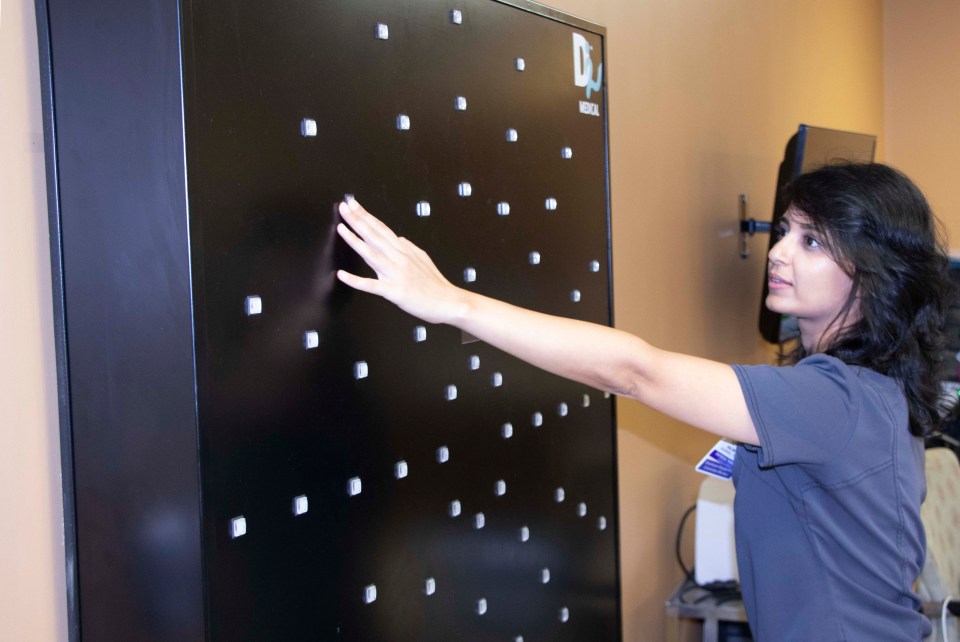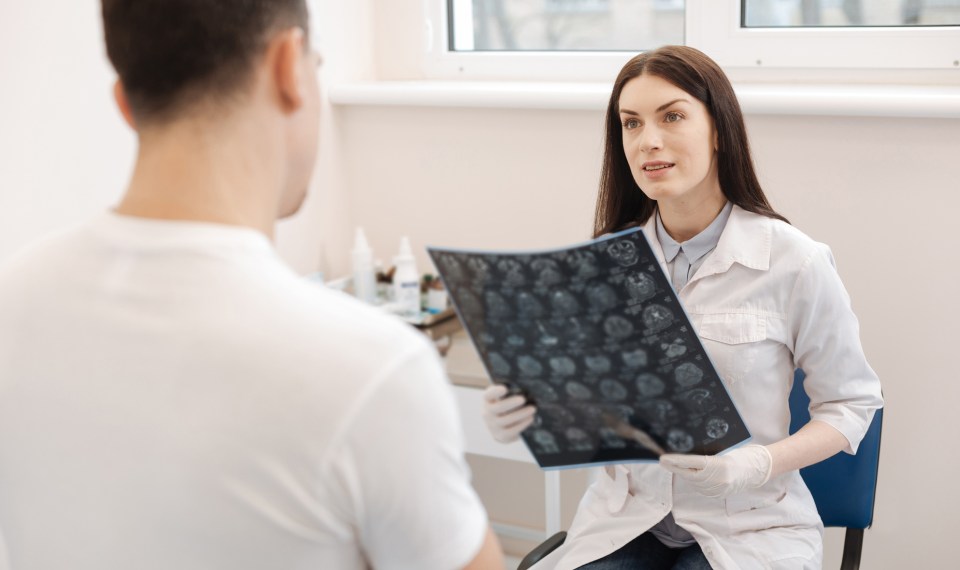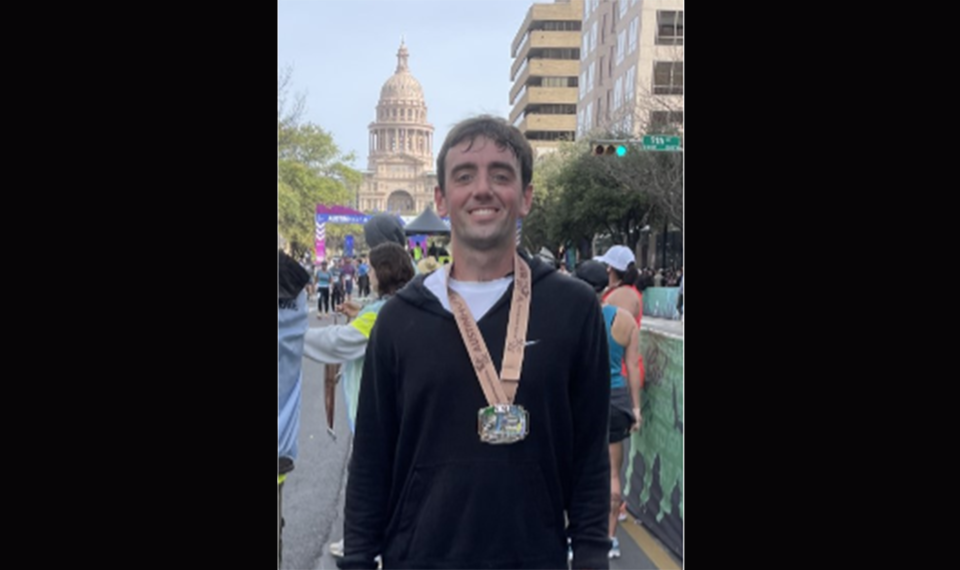Within the inner ear, your vestibular system is hard at work, serving as a detector of our body position in space and coordinating eye movements by moving your head. By doing that, this important system helps coordinate balance and equilibrium. When issues within the vestibular system arise, they most obviously present as dizziness and issues with balance. That’s when vestibular rehabilitation could be beneficial.
“When patients have issues within the ear or the vestibular system, they may end up saying, ‘I get dizzy when I try to get a cup from a cabinet,’” said Saloni Agarwal, physical therapist at Encompass Health Rehabilitation Hospital of Ocala. “Or, they’ll say, ‘If I have to grab something from my laundry and move it from the hamper to the washer or dryer, I get dizzy and fall.’”
Vestibular rehabilitation can address some of these issues using exercises that help stabilize your posture and visual gaze.
Not All Dizziness Is Caused by Vestibular Disorders
Many conditions can mimic vestibular disorders, such as head injuries, concussions, Parkinson’s disease, multiple sclerosis and other neurological conditions, but true vestibular disorders are caused by crystals in the ear and their abnormal movement.
“There are crystals in the inner ear that get launched into the semi-circular canals in the inner ear filled with fluid,” Agarwal said. “Any time we move our body position, those crystals have abnormal movements and send multiple mixed signals to the brain. The brain is then confused as to what position the body is in, which causes the balance issues and dizziness.”
Nystagmus, or abnormal eye movements, is a typical symptom that can help differentiate vestibular disorders from other causes of vertigo.
How Vestibular Rehabilitation Therapy Can Help
Treatment for vestibular disorders can also help manage symptoms of balance disorders and vertigo that aren’t directly related to damage to the vestibular organs. Vestibular rehabilitation treatments and exercises could include:
Occulomotor Exercises
Movements designed to improve gaze stabilization and eye-head coordination
Balance Retraining
Exercises designed to improve coordination of muscles for postural control, strength and fall prevention.
Vestibular Habituation
Specific movements or positions that provoke dizziness to stimulate the brain to adapt for symptom resolution.
Canalith Repositioning Maneuvers
Specific maneuvers or positioning that is 95 percent effective is correcting the mechanical dysfunction of benign positional vertigo and reposition crystals.
The content of this site is for informational purposes only and should not be taken as professional medical advice. Always seek the advice of your physician or other qualified healthcare provider with any questions you may have regarding any medical conditions or treatments.



